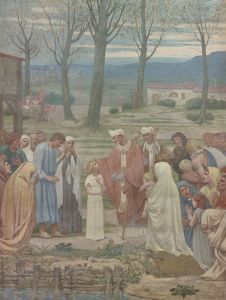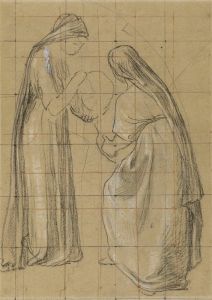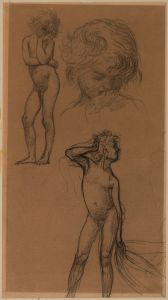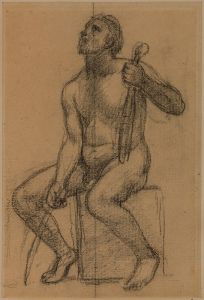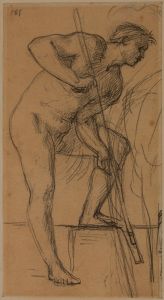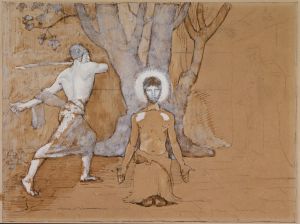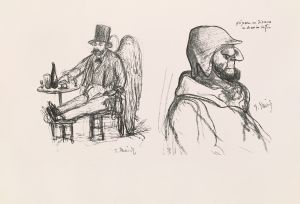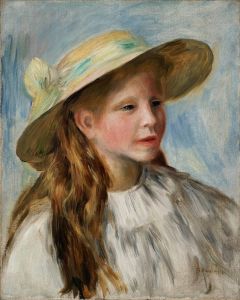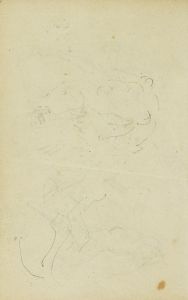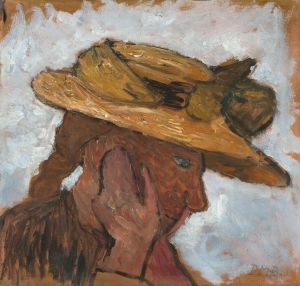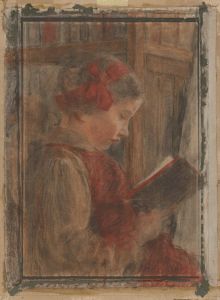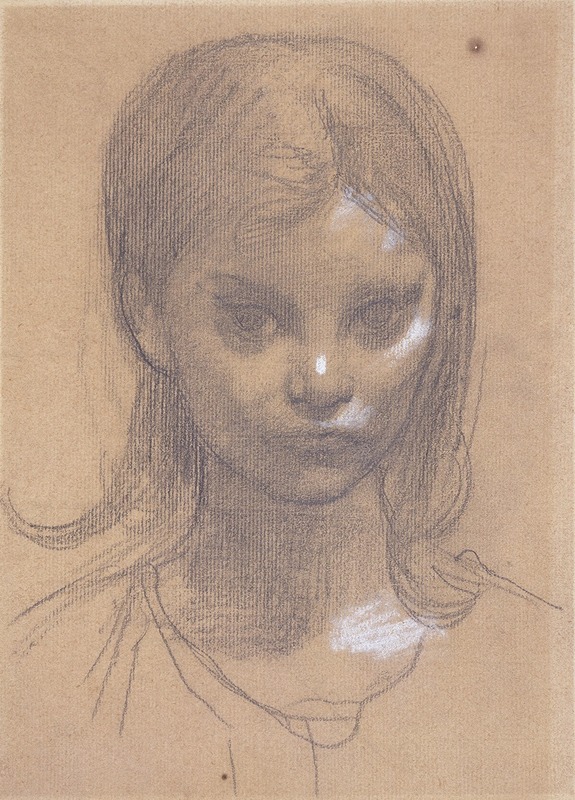
Tête de fillette
A hand-painted replica of Pierre Puvis de Chavannes’s masterpiece Tête de fillette, meticulously crafted by professional artists to capture the true essence of the original. Each piece is created with museum-quality canvas and rare mineral pigments, carefully painted by experienced artists with delicate brushstrokes and rich, layered colors to perfectly recreate the texture of the original artwork. Unlike machine-printed reproductions, this hand-painted version brings the painting to life, infused with the artist’s emotions and skill in every stroke. Whether for personal collection or home decoration, it instantly elevates the artistic atmosphere of any space.
Pierre Puvis de Chavannes was a notable French painter of the 19th century, recognized for his contributions to Symbolism and his influence on modern art. One of his works, "Tête de fillette," reflects his distinctive style and thematic interests. However, specific details about this particular painting, such as its creation date, current location, and historical context, are not widely documented or available in public records.
Puvis de Chavannes was born on December 14, 1824, in Lyon, France. He initially pursued a career in engineering but later turned to painting, studying under several artists, including Eugène Delacroix. His artistic journey led him to develop a unique style characterized by muted colors, simplified forms, and a focus on allegorical and symbolic themes. He became known for his large-scale murals and his ability to convey a sense of timelessness and serenity in his works.
Throughout his career, Puvis de Chavannes exhibited regularly at the Salon in Paris and gained significant recognition for his murals in public buildings, such as the Panthéon and the Sorbonne. His work often depicted classical themes and figures, drawing inspiration from ancient mythology and literature. Despite his classical influences, Puvis de Chavannes was also seen as a precursor to modern art movements, influencing artists such as Paul Gauguin and the Nabis group.
"Tête de fillette," which translates to "Head of a Little Girl," is presumed to be a portrait or study of a young girl, consistent with Puvis de Chavannes' interest in capturing the innocence and purity of youth. His portraits often emphasized simplicity and emotional depth, focusing on the subject's expression and the overall mood of the piece. The painting likely features the soft color palette and delicate brushwork typical of Puvis de Chavannes' style.
While "Tête de fillette" may not be as widely recognized as some of his larger works, it nonetheless represents the artist's skill in portraiture and his ability to convey emotion through minimalistic compositions. Puvis de Chavannes' influence extended beyond his lifetime, as his approach to composition and use of symbolism resonated with later artists and movements.
In summary, while detailed information about "Tête de fillette" is limited, Pierre Puvis de Chavannes' legacy as a pioneering artist in the Symbolist movement is well-established. His work continues to be studied and appreciated for its contribution to the development of modern art and its enduring aesthetic qualities.





